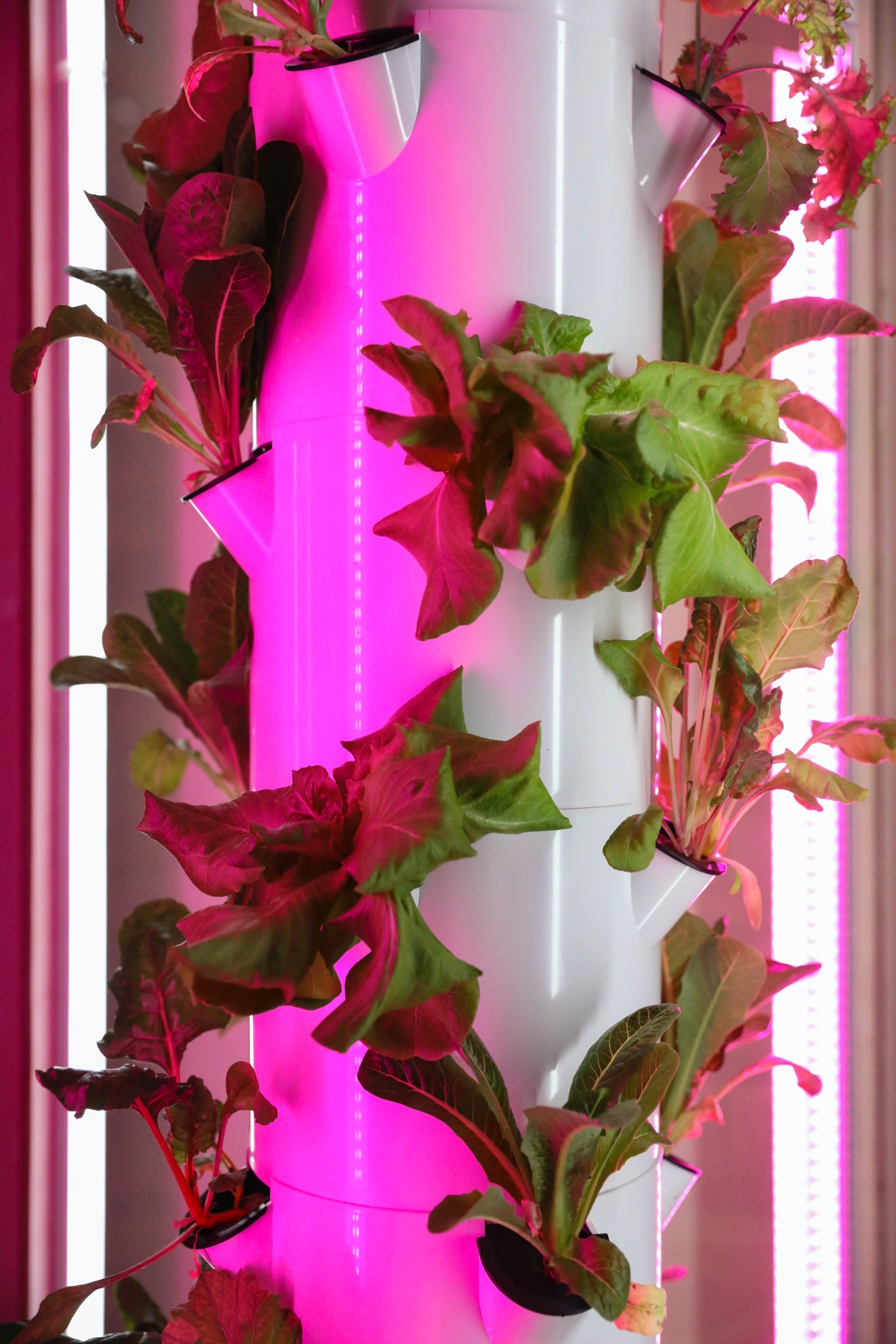Understanding Equipment for Vertical Farms
Technological Trends for Controlled Environment Agriculture
The controlled environment agriculture (CEA) industry is only possible with the equipment that powers greenhouses, indoor gardens, and vertical farms. As top recruiters in the CEA space, M&F Talent takes great pride in staying up to speed on the latest technological trends in the industry.
CEA horticulture is predicated on creating artificial environments where plants thrive. Whether it be a fertigation system or atmospheric controller, these artificial environments come to life by carefully orchestrating different pieces of CEA technology.
CEA Thought Leadership: Equipment for Vertical Farms
To provide our clients with the best possible service, the recruiters at M&F Talent understand the key pieces of equipment for vertical farms. Moreover, we enjoy sharing our knowledge of the CEA space as thought leaders in this field.
Equipment for vertical farms has come a long way in the past couple of decades. Whether you are growing food crops or cannabis, your choices of cultivation equipment are critical to the success of your vertical farming operation.
For indoor growers, cultivation technology not only affects the overhead of your operation but also influences operating costs – especially concerning electricity. More importantly, in choosing the correct vertical farming technology, you will create the optimal environment for plant growth. When it comes time to harvest, careful choices during the planning and acquisition phase will have a positive impact on your bottom line.
Horticultural Lighting

When compared to other popular grow lights such as HPS lights, LEDs do not produce very much heat when operated. Therefore, LED lights are the perfect match for the tight confines of stacked shelving in vertical farms. Please note, it would be impossible to run a vertical farm with HPS or MH lights. They would produce far too much heat for such a tight space.
While LED lights are expensive to purchase, they use far less electricity than other popular grow lights. Even more, they run for an extremely long time and don’t need to be replaced often. As such, LED lights quickly pay themselves off when used on a commercial scale.
Notable example: Fluence Bioengineering SPYDR 2 Series
Environmental Controls
When growing plants indoors, your primary goal is to mimic the outdoor conditions where your target crop thrives. The achieve the ideal environmental equilibrium, vertical farms utilize a variety of environmental control technologies. These different pieces of equipment work in unison to regulate heat, humidity, and CO2 levels within a vertical farm.
Common types of environmental controls include:
- HVAC systems
- Environmental controllers (brains)
- Carbon filters
- Inline fans
- Sensors
- Garden management software
- Humidifiers and Dehumidifiers
Your choice of environmental control technology will change with the size and scope of your operation. Even more, you must account for the demands of the region within which you are setting up your vertical farm.
Notable example: Link4 iPonic Commercial Controller
Irrigation Systems
Beyond lighting and environmental considerations, how you are going to water and feed your plants is the next critical thing to figure out for your vertical farm. Modern irrigation systems are set up to work with both recirculating and drain-to-waste hydroponic setups. Similarly, vertical farms often integrate fertigation systems with container gardens.
According to the Growspan website, “Fertigation is simply the practice of applying fertilizer via an irrigation system. Utilizing a system allows growers to reduce labor, and the dissolved nutrients that are distributed throughout the system are easily directed at and absorbed by the crops, so there is less waste. By integrating fertigation into an operation, growers can improve their yields and boost their profits.” Importantly, fertigation gives you precision control of watering, while also greatly reducing labor costs with automation.
Notable example: Dosatron Technology
Vertical Grow Racks
Vertical grow racks provide the infrastructure for vertical farming operations. With vertical grow racks, you can grow rows of crops stacked on top of one another. Due to these ingenious setups, vertical farming operations are the most spatially efficient type of agriculture in the world!
Vertical grow racks are often built on wheels or rollers so they can be moved. With movable racks, rows of crops can be positioned so workers can closely inspect plants. Doing so gives you the ability to carefully comb over your crops for pathogens, bugs, diseases, and deficiencies.
The best vertical grow racks are designed specifically for vertical farming and can handle the pressures of an indoor garden without rusting or deteriorating.
Notable example: Pipp Horticulture Mobile Storage Systems
Talk to M&F Talent Today!
Looking at the CEA job market, it’s obvious that new equipment for vertical farms directly impacts recruiting and hiring practices. At the top technical recruiters in the CEA industry, M&F Talent has a long list of clients in the agriculture technology space. We also have a talent pool of leading CEA candidates in leadership, sales, and engineering positions.
Contact us to learn more!






[…] experience in both cannabis and CEA-grown crops – especially for salespeople. Conversely, vertical farming companies will be most interested in those candidates who know the nuances of food crops like leafy greens, […]
[…] it be LED grow lights, or artificial intelligence (AI), the horticulture space is constantly evolving with new technology. Importantly, new CEA water technology is also affecting the way we grow food crops […]